Home > Climate News >
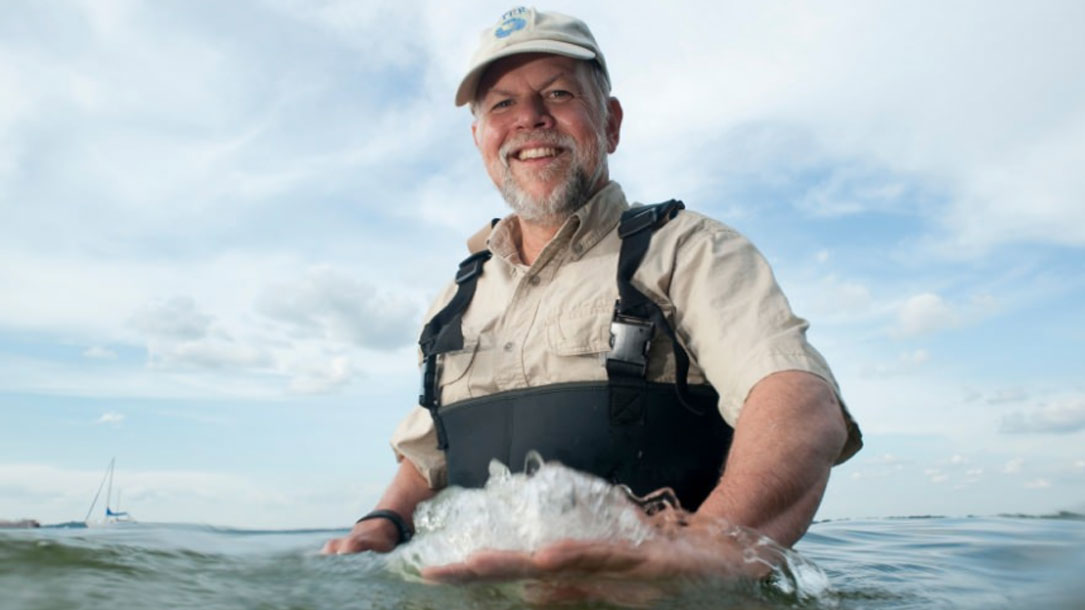
All hands on deck to understand, predict, prevent abrupt ecological change
“In 2011, Lake Erie turned into a toxic pea soup. One-sixth of the lake harbored a thick and deadly algal bloom that killed fish, closed beaches and struck a blow to Toledo, Ohio’s tourism industry. The bloom was three times larger than any algal bloom ever recorded there.
Then, in 2014, toxic algae suddenly contaminated Toledo’s water supply, preventing half a million people from consuming, cooking or bathing with their tap water…”

Climate change makes farming harder
Climate change is increasing a risk to farm and ranch survival, given extreme weather, blights, water challenges, and changes in soil. That’s one of the reasons why farmers are embracing renewable energy to help buffer potential losses and help restore the land.
The Young Farmers Coalition speaks here with Yale Climate Connections about what this means to young farmers. This could be something you could share with folks who care about farming and farmers, with a link to how they can slow down climate change. This is short—probably even too short—but it’s a good snippet.

10 groups to watch in 2019
LET’S BE FRANK: 2018 was not exactly a banner year for the planet. Nearly every major environmental assessment presented grim results: crucial habitats like tropical forests continue to disappear; wildlife populations declined 60% over the last 40 years; and perhaps most alarming, we’re failing to make the progress we need to keep the climate within safe boundaries.
We still have a chance to turn things around, though. A major body of research led by The Nature Conservancy shows it is still possible to achieve a sustainable future for people and nature—if we take massive action in the next 10 years.
That means we need strong leadership, and not just from the usual suspects—saving the planet must be an all-hands-on-deck effort. So below, in no particular order, we present 10 groups to watch in 2019…
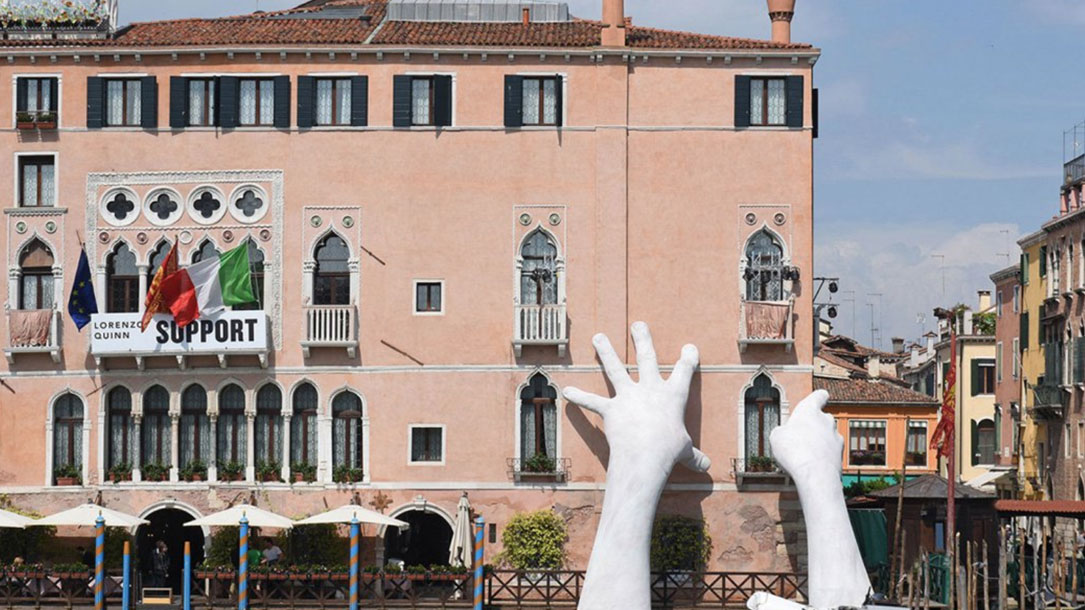
Did you see the dramatic hands trying to save Venice from drowning?
The power of art often cuts through silence, grief, and denial. Local conservationists can—and do—connect with artists to portray the importance of sense of place, community, social justice, and the fragility of the landscape around us. Perhaps this year you can find an artist to collaborate with on climate change.
Check out this art installation. It’s inspiring…
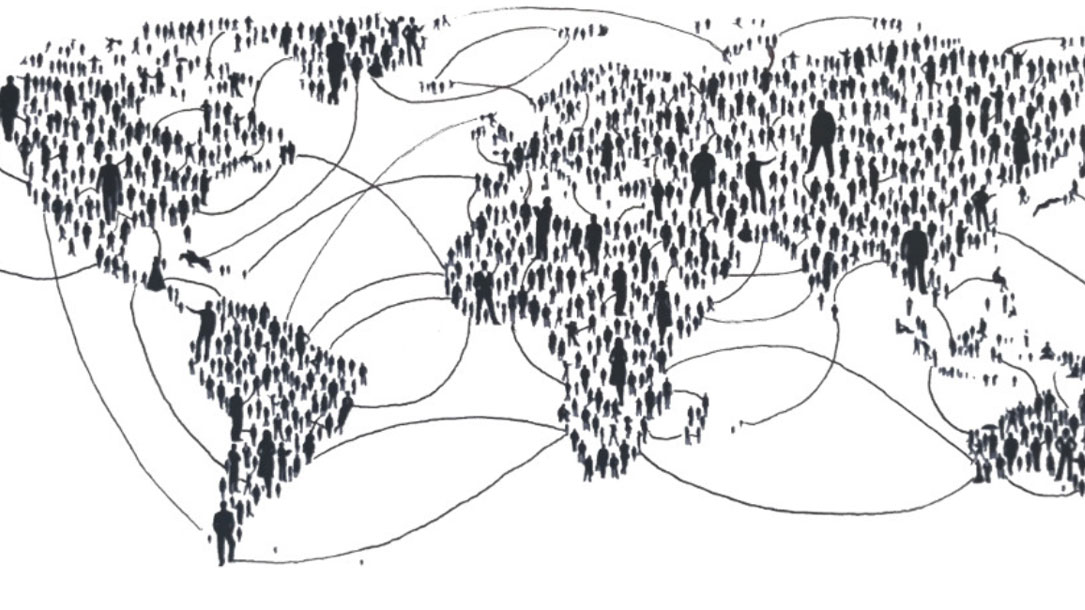
16 sustainability leaders weigh in: How YOU can help reverse global warming
“The next few years are probably the most important in our history.” That’s a quote from Debra Roberts, Co-Chair of International Panel on Climate Change Working Group II. If you are wondering how you can share climate change news with your neighbors, friends, and other conservationists, this article might be one to consider…

Not all environmentalists eat tofu; hunters fighting climate change
If conservation groups want to be inclusive, and impactful, finding shared values no matter the party affiliation will be important. That means talking about climate change in ways that resonate and finding partnerships to create change.
“I’m one of those rare Republicans that believe that if you don’t take care of your environment, your environment can’t take care of you,” says Charlie Phillips, owner of Sapelo Sea Farms in Georgia. Phillips makes his living growing clams, so water quality is crucial to him, which is why he serves on boards and tries to help scientists and fishermen find common ground…
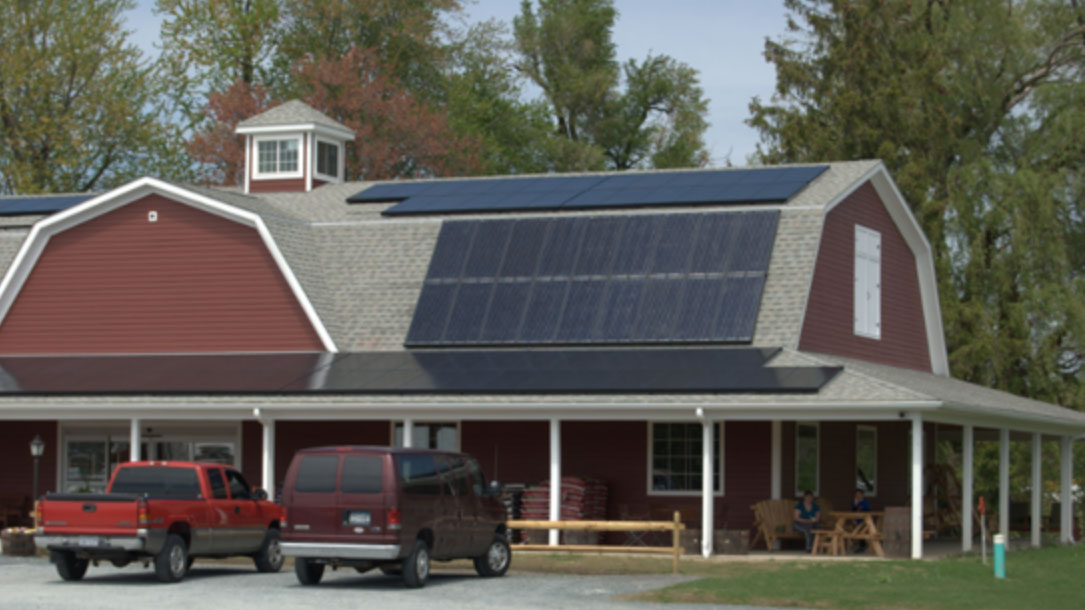
How the fossil fuel industry got the media to think climate change was debatable
Learning about how deception and false equivalence is an ongoing strategy is important for your work in conservation, as well as in understanding climate change communications. This is a thoughtful article that has concepts transferable to many strategies involving the power of doubt…

“Have we passed the climate change tipping point?”
Part of a successful strategy involves helping people understand how climate change impacts their region as well as the larger picture. Articles with visuals are helpful because people remember images more than facts. Just make sure you include a few tips on what they can do (composting to produce methane gas is a good one; supporting a community’s shift to renewables is another).
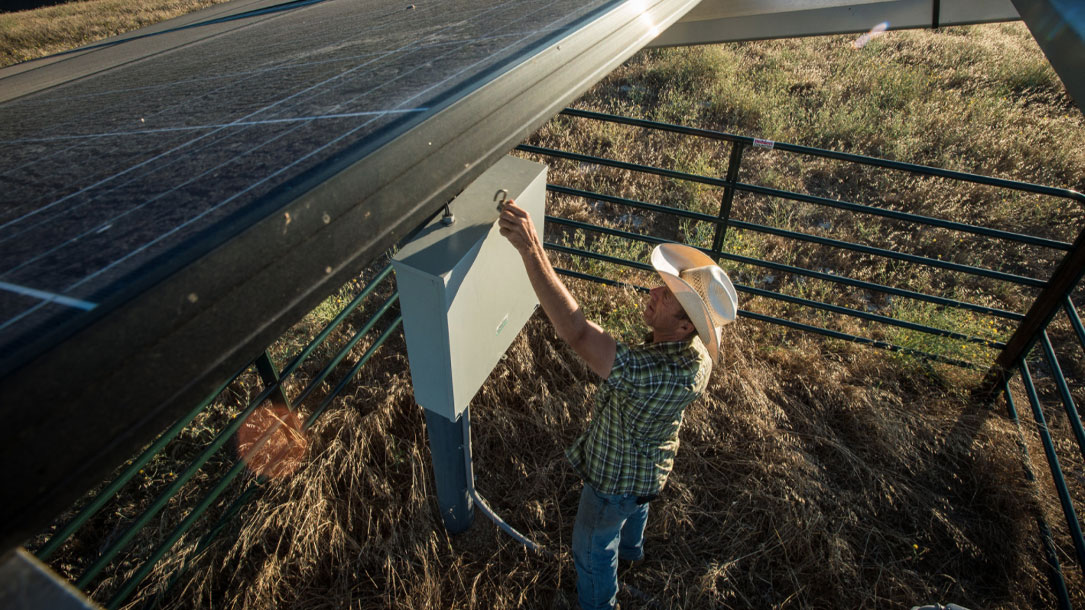
Three steps to better climate conversations and a communication strategy
Wondering how to communicate about climate change? Dr. Katharine Hayhoe, one of the world’s climate change leaders and scientists, provides tips on how to connect with people around climate change.
Remember that the vast majority of Americans want action on climate change. Many feel helpless about what to do.
Here are some tips on how to talk about climate change. They really are the same in any engagement strategy…

Renewables investment nudges out fossil fuel and nuclear
“The global clean energy transition is gaining pace as it becomes a mainstream investment option. According to the latest research from CERES on progress to a ‘Clean Trillion’ it is also one that far outstripped fossil fuels and nuclear in 2017.
In 2017 the clean energy industry reached a critical turning point. Growth and cost reductions across the sector have far outperformed expectations based on policy frameworks alone. Dramatic reductions in cost, increases in scale, and technology improvements have fundamentally changed the dynamics of the clean energy market. Energy market dynamics have shifted in favor of clean energy technologies such as wind and solar, which increasingly out-compete new fossil fuel and nuclear power sources…”












